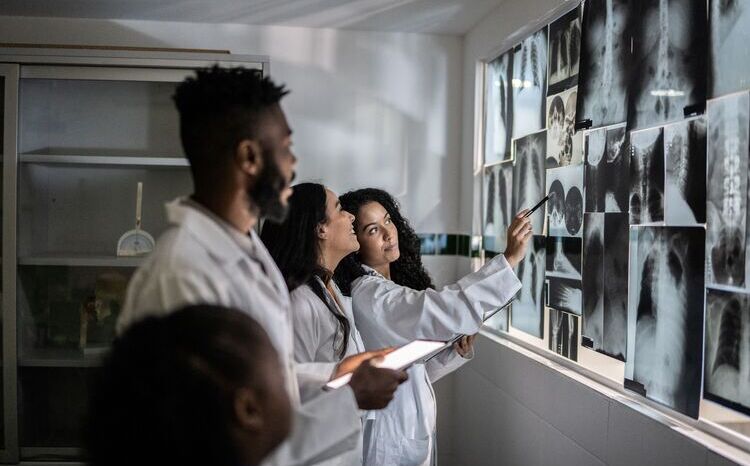‘Don’t fear’ teleradiology – white paper
- 24 October 2013

Radiologists have been told that a forthcoming white paper on teleradiology will address “fears” about its impact on their profession.
Erik Ranschaert, chair of a taskforce put together by the European Society of Radiology to produce a white paper on the subject, told a recent conference that teleradiology should be seen as an extension of existing practice; so quality should never be compromised.
Ranschaert, a radiologist at Jeroen Bosch Hospital in the Netherlands, told the recent Management in Radiology congress in Barcelona that: “Radiologists are afraid that radiology will become a commodity because of the growing international character of healthcare provision.
“So if service providers are going to pop up in the radiology market on an international level, there is concern that focus might be on the price, not on the quality.”
However, he attempted to reassure delegates: “Teleradiology should be regarded as an extension of the existing medical practice called radiology, which means that quality should never be less than what is being, or can be, offered by local radiologists.”
The white paper is due to be published at the end of November to coincide with the Radiological Society of North America’s annual conference in Chicago.
It will give guidance about best practice for health providers implementing teleradiology, covering topics such as the legal aspects, security, regulatory considerations, communication and patient safety. The paper has been put together by a taskforce made up of 13 ESR members from different parts of Europe.
Ranschaert added that the maintain quality, teleradiology has to be integrated into existing radiology services.
“There are all kinds of other services involved in offering radiology services, such as communication with clinicians, so teleradiology should be integrated with local radiology services and not separate – that’s one of the main principles.”
In his session, he said the paper describes the political context driving the move to teleradiology, before giving recommendations about how to implement teleradiology in a way that puts patient needs first. It also gives practical advice to radiologists about how they should respond to teleradiology proposals.
“We give them a recommendation regarding what’s going to happen when the hospital management wants to outsource using teleradiology: what you should do as radiologists; how you should make a contract, how you should be involved in the pricing, what teleradiology should offer, how it should be integrated into the existing medical practice, what minimal services should be offered when you use teleradiology, and how you should communicate.”
Ranschaert said that the ESR’s executive council will carry out a final review of the paper and make minor modifications before it is published.
The UK Imaging Informatics Group Annual Meeting, which is co-located with EHI Live 2013, will close with a plenary session on telegradiology, presented by Dr Nicola Strickland, consultant radiologist at Imperial College Healthcare NHS Trust.
EHI Live 2013 is more than a meeting, more than an exhibition. For anyone involved in the use of information in healthcare it’s a golden opportunity to update knowledge, get answers to questions, meet the experts and think about the future. This year’s conference is free for all visitors to attend.




